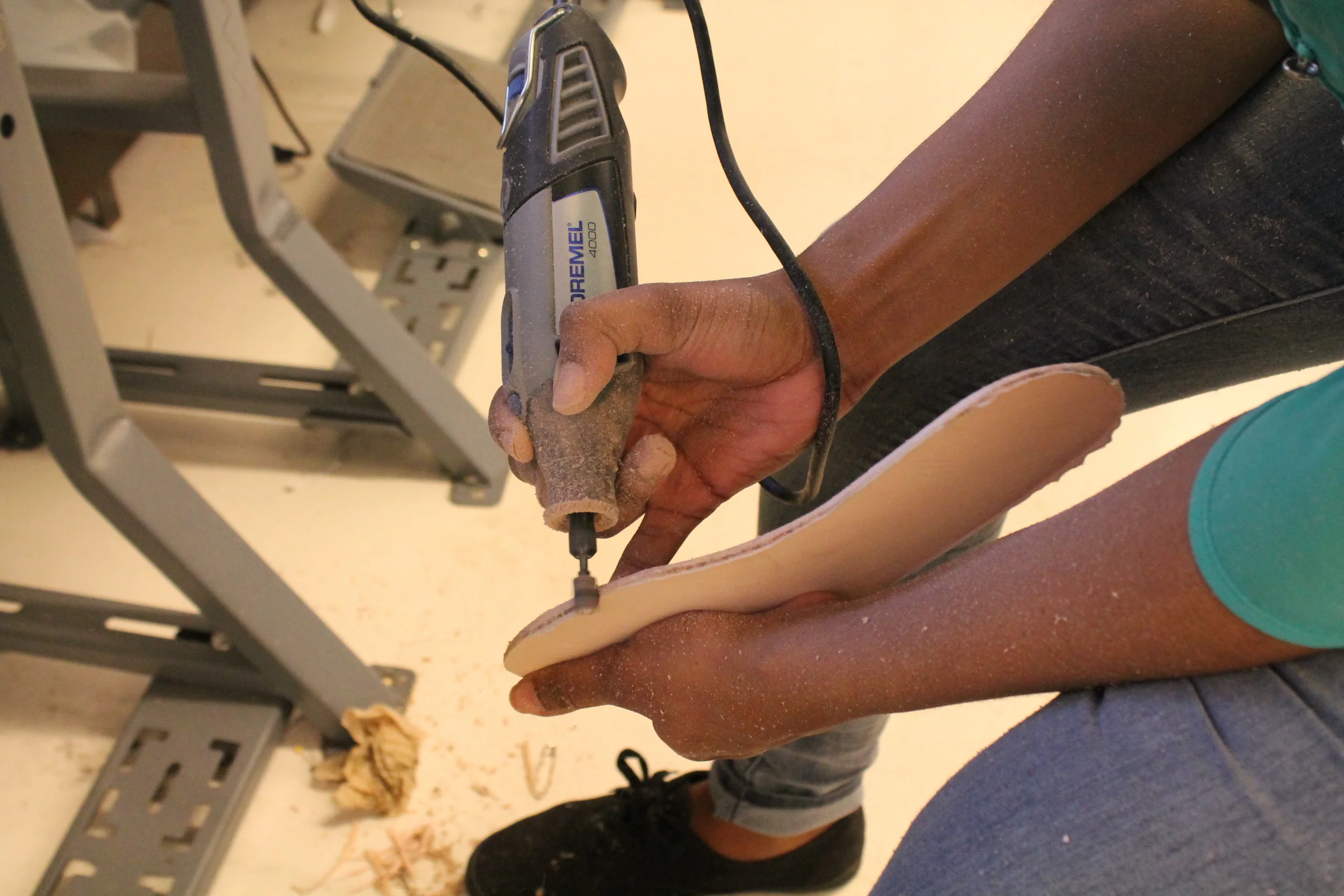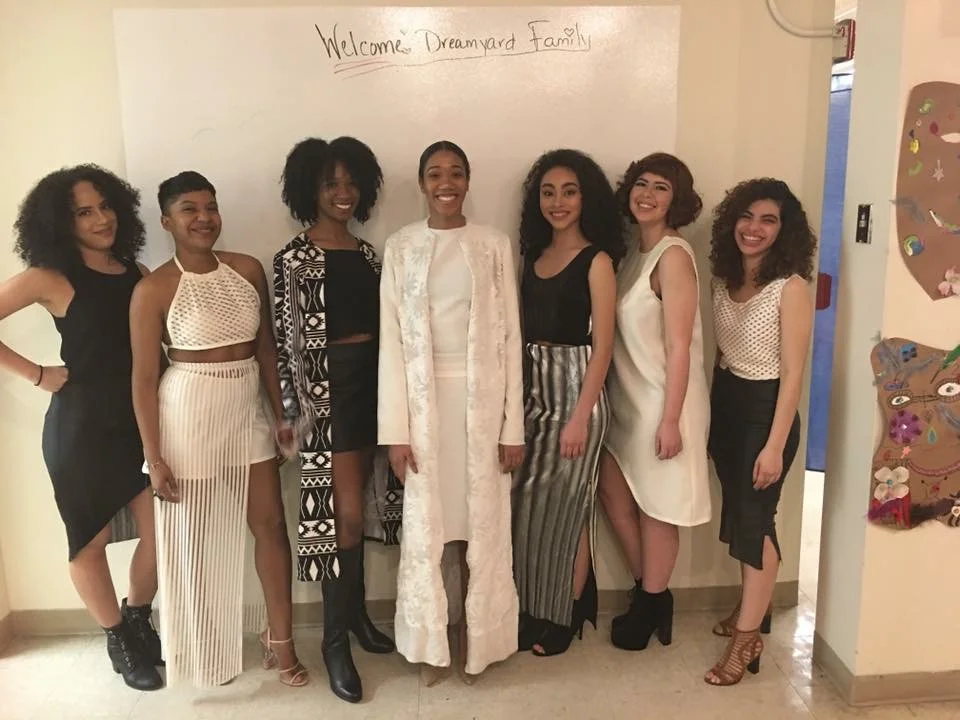Embracing Diversity: Adaptive Fashion
Fashion is a language that speaks before we do, a medium that expresses our identity, personality, and style. However, for too long, this language has not been accessible to everyone. Adaptive fashion is changing this narrative, creating a world where fashion is inclusive, considerate, and empowering for all, regardless of physical abilities or challenges. In this journey towards inclusive design, we explore the essence of adaptive fashion and its significance in fostering diversity and equality.
Adaptive fashion refers to clothing designed specifically for individuals with disabilities, medical conditions, or those who face challenges with dressing. The concept is rooted in empathy and the recognition that everyone deserves to express themselves through fashion, irrespective of their physical situation. It's about reimagining design to cater to a wider range of needs, from sensory sensitivities to mobility challenges.
For individuals with disabilities, traditional clothing can often pose challenges. Buttons can be a hurdle for someone with limited dexterity, while a standard pair of jeans might be uncomfortable for wheelchair users. Adaptive fashion addresses these challenges by introducing features like magnetic closures, adjustable waistbands, and accessible openings, making dressing not only easier but also more comfortable.
Adaptive fashion is at the forefront of innovative design. It challenges designers to think creatively and empathetically, considering factors they might have never thought of before. This innovation isn't just functional; it's also stylish. The goal is to create clothing that's both accessible and fashionable, breaking the stereotype that adaptive clothing can't be trendy.
Adaptive fashion is more than just about clothes; it's a movement towards inclusivity and representation. It sends a powerful message that fashion is for everyone, fostering a sense of belonging and self-esteem. When people see themselves represented in the fashion world, it validates their place in society and boosts their confidence.
The future of fashion is inclusive. As awareness grows, more brands are joining the adaptive fashion movement, signaling a shift towards a more inclusive industry. This change isn't just beneficial for individuals with disabilities; it enriches the fashion world, introducing new ideas, perspectives, and designs that benefit everyone.
The rise of adaptive fashion is a call to all – designers, brands, and consumers – to embrace diversity in every form. It's an invitation to participate in a world where fashion is a right, not a privilege, and where style is limited only by imagination, not by physical barriers. Let's continue to advocate for, support, and celebrate adaptive fashion, for in doing so, we are building a more inclusive and compassionate world.









